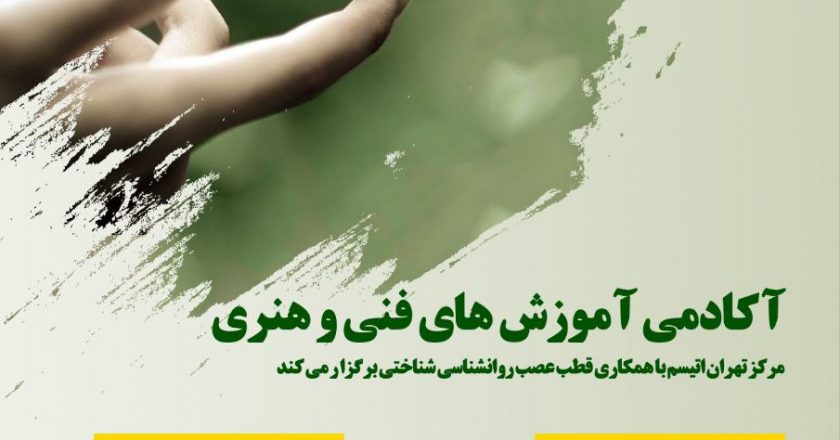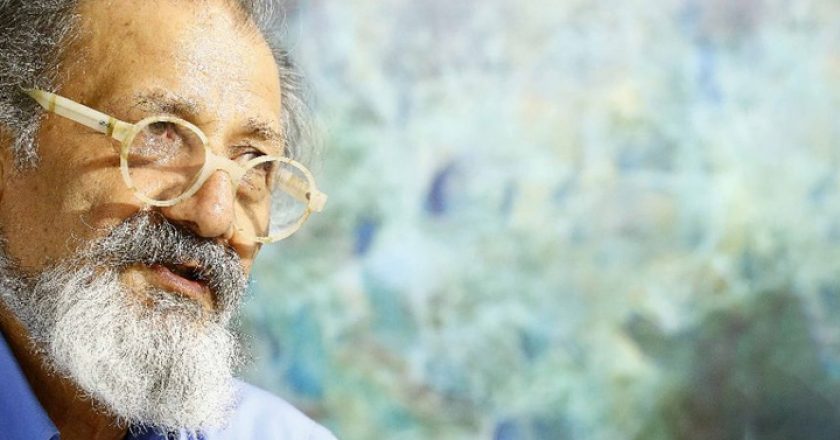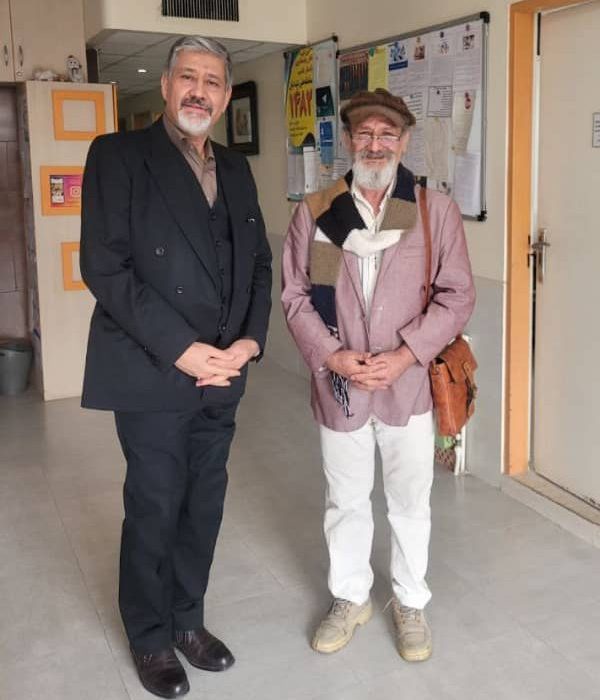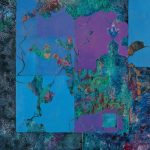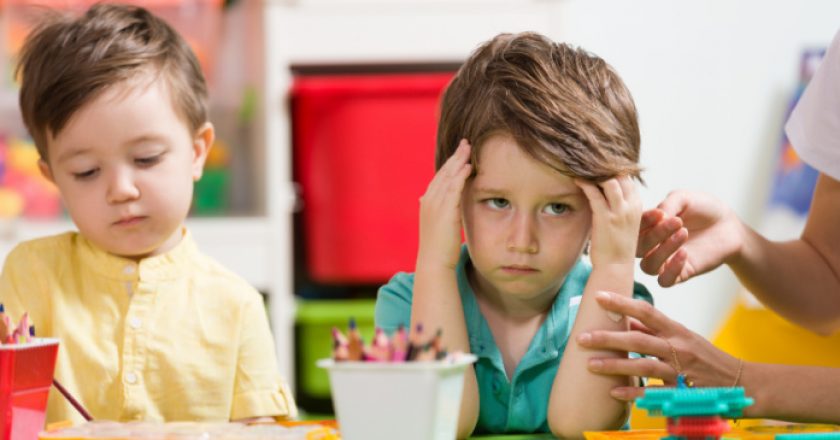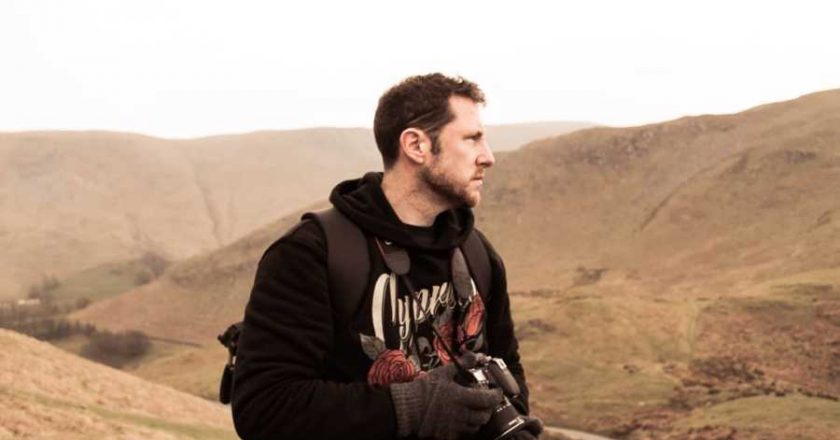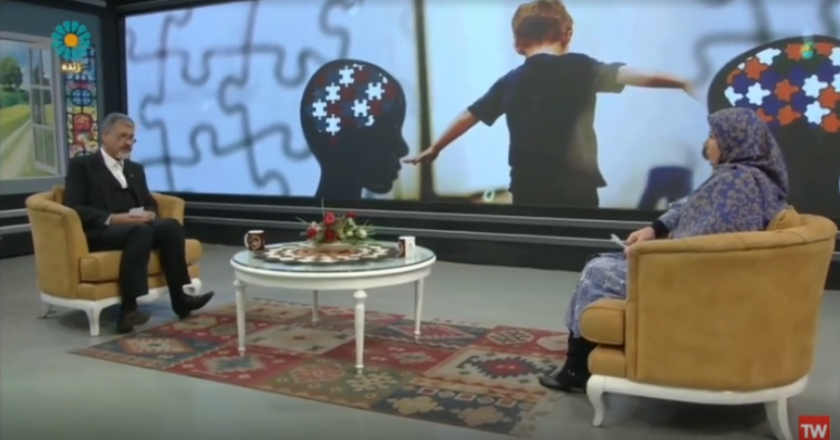برای کاهش اضطراب در کودکان با اختلال طیف اتیسم از گروههای درمانی مختلفی میتوان بهره گرفت.
در ادامه برخی از این روشها توضیح داده شده است.
درمان شناختی رفتاری (CBT)
یکی از موثرترین روشها برای درمان اختلالات اضطرابی درمان شناختی-رفتاری است. این روش از درمان با کمک آموزش راهبردهای شناختی به شناسایی باورهای ناکارآمد و افکار اضطرابآور پرداخته و با کمک تکنیکهای رفتاری نظیر تنفس عمیق و آرامسازی سعی در مقابله با عامل ترس و تهدید دارد.
برای درمان اضطراب در کودکان دارای اتیسم از نسخه اصلاحشده درمان شناختی-رفتاری استفاده میشود که اثربخشی آن در کاهش علایم اضطرابی در کودکان و نوجوانان دارای اتیسم با عملکرد بالا در شماری از مطالعات مشاهده شدهاست.
برای اثربخشی بیشتر این روش از درمان برای کودکان و نوجوانان دارای اختلال طیف اتیسم توصیه میشود از ایفای نقش و تصاویر بصری در طول درمان استفاه شود، آموزش ارتباطات و مهارتهای اجتماعی جز برنامههای کلی درمان اضطراب باشد، والدین مشارکت جدی در روند درمان داشته باشند و آموزشهای روانی لازم به آنان داده شود، به تعمیم مهارتها توجه ویژه شود و کودک فنون یادگرفته را در محیطهای دیگر نظیر خانه بهکار ببرد. به منظور افزایش انگیزه و مشارکت کودک در طول درمان بهتر است تا علایق خاص و بیش از حد کودک در جلسات درمانی ادغام شود.
گروه درمانی
گروهدرمانی یکی دیگر از روشهای کاهش اضطراب است. گروهدرمانی میتواند در بهبود مهارتهای اجتماعی و توانایی تعامل موثر باشد. همچنین گروهدرمانی احتمال تغییر ذهنی و ایجاد رفتار بهنجار را افزایش میدهد. گروهدرمانی برای کودکان دارای اختلال طیف اتیسم بیشتر بر افزایش مهارتهای اجتماعی تاکید دارد. در گروهدرمانی، این کودکان ضمن برقراری ارتباط با یکدیگر مهارتهای اجتماعی نیز یاد میگیرند که همین یادگیری مهارتهای ارتباطی در کاهش اضطراب آنان موثر است. این روش از درمان میتواند به عنوان یک راهبرد مکمل در کنار سایر درمانها استفاده شود.
بازیدرمانی
بازی درمانی یکی دیگر از انواع روشهایی است که در کاهش مشکلات روانشناختی کودکان دارای اختلال طیف اتیسم موثر است. در حقیقت نزدیکی به کودک و بازی با او در کاهش نشانههای اضطراب تاثیرگذار است. از آنجایی که این کودکان در روابط اجتماعی و ارتباطی ضعف دارند، بنابراین دچار اضطراب میشوند که بازیدرمانی و نزدیکی و ارتباط با دیگران میتواند در کاهش اضطراب آنان موثر باشد. از این روش درمانی میتوان به عنوان یک راهبرد مکمل در کنار سایر درمانها استفاده کرد.
مداخلات رفتاری
مداخلات رفتاری با ایجاد فرصت تمرین رفتار و مهارت مناسب باعث رشد اجتماعی، مقابله با اضطراب و تعمیمپذیری رفتار مناسب میگردد. آموزش مهارتهای خودیاری و افزایش دامنه علایق، به عنوان پایههای درمانی در رفتاردرمانی کودکان با اختلال طیف اتیسم است. این درمان در کنار درمانهای دیگر نظیر گروهدرمانی میتواند باعث اثربخشی بیشتر آن شود.
دارودرمانی
دارودرمانی یکی دیگر از روشهایی است که میتواند موجب کاهش اضطراب گردد اما نکته حائز اهمیت این است که نمیتواند به طور کامل علایم را از بین ببرد، همچنین برخی داروهای ضداضطراب بسیار قدرتمند هستند و در برخی افراد میتوانند موجب عوارض شدیدی گردند. دارو می تواند یک راهکار کوتاه مدت باشد و مهم این است که از راهکارهای دیگری نیز برای درمان اضطراب کودک دارای اتیسم استفاده گردد.
شن و ماسهبازی
این روش را میتوان نوعی از بازیدرمانی غیرمستقیم در نظر گرفت که درمانگر در آن به عنوان تسهیلگر عمل میکند و مراجعان میتوانند آزادانه هیجانات و تصاویر ذهنی خود را با استفاده از جعبه شن و اشیای مینیاتوری مختلف در جعبه شن خلق کنند. روش شن و ماسهبازی را میتوان در درمان مشکلات اضطرابی کودکان به کار گرفت. چرا که کار با سینی شن به کودک این فرصت را میدهد تا در محیطی امن به جستجو و کشف ترسهایش بپردازد و با بازآفرینی رویدادها به ترسهایش عینیت بخشد، نسبت به آنها به بینش برسد و برای حل مسائل مختلف راهحل پیدا کند. میتوان به این روش به دید یک درمان کمکی نگریست.
همچنین پژوهشها حاکی از آن است که هنردرمانی از جمله نقاشی، پتتراپی و موسیقیدرمانی نیز میتواند برای کاهش اضطراب کودکان با اختلال طیف اتیسم نقش داشته باشد. نکته حائز اهمیت این است که اضطراب در هر یک از کودکان با اختلال طیف اتیسم به صورت متفاوتی متجلی میگردد، و نمیتوان گفت که این روشهای درمانی میتوانند برای تمامی این کودکان مورد استفاده قرار بگیرند و موثر واقع شوند. همچنین هیچ از یک از روشهای درمانی فوق نتوانستهاند تا کنون برای درمان کامل علایم اضطرابی کارآمد باشند.
متن از حانیه صیادی
دانشجوی دکتری روانشناسی شناختی دانشگاه شهید بهشتی
تهران اتیسم
در تهران اتیسم بسیاری از این خدمات ارائه میشود. برای آشنایی بیشتر با خدمات تهران اتیسم میتوانید به بخش خدمات مراجعه کنید و همچنین از بخش کارگاهها و دورههای مرکز تهران اتیسم دیدن فرمایید.
منابعی که در تهیه این مطلب از آنها استفاده شده است:
Sukhodolsky, D. G., Bloch, M. H., Panza, K. E., & Reichow, B. (2013). Cognitive-behavioral therapy for anxiety in children with high-functioning autism: A meta-analysis. Pediatrics, 132(5), e1341–e1350.
Vasa, R. A., Carroll, L. M., Nozzolillo, A. A., Mahajan, R., Mazurek, M. O., Bennett, A. E., … & Bernal, M. P. (2014). A systematic review of treatments for anxiety in youth with autism spectrum disorders. Journal of Autism and Developmental Disorders, 44(12), 3215-3229.
Reaven, J., Blakeley-Smith, A., Culhane-Shelburne, K., & Hepburn, S. (2012). Group cognitive behavior therapy for children with high-functioning autism spectrum disorders and anxiety: a randomized trial. Journal of child psychology and psychiatry, and allied disciplines, 53(4), 410–۴۱۹.
McConachie, H., McLaughlin, E., Grahame, V., Taylor, H., Honey, E., Tavernor, L., Rodgers, J., Freeston, M., Hemm, C., Steen, N., & Le Couteur, A. (2014). Group therapy for anxiety in children with autism spectrum disorder. Autism : the international journal of research and practice, 18(6), 723–۷۳۲.
Williams, S., Leader, G., Mannion, A., & Chen, J. (2015). An investigation of anxiety in children and adolescents with autism spectrum disorder. Research in Autism Spectrum Disorders, 10, 30-40.
Vasa, R. A., Carroll, L. M., Nozzolillo, A. A., Mahajan, R., Mazurek, M. O., Bennett, A. E., … & Bernal, M. P. (2014). A systematic review of treatments for anxiety in youth with autism spectrum disorders. Journal of Autism and Developmental Disorders, 44(12), 3215-3229.
نقدیشی، مهسا و اعلمی، مهدی،۱۳۹۴،اثربخشی هنردرمانی بر کاهش اضطراب کودکان دارای اوتیسم،دومین کنفرانس بین المللی روانشناسی،علوم تربیتی و سبک زندگی،مشهد،https://civilica.com/doc/497961

